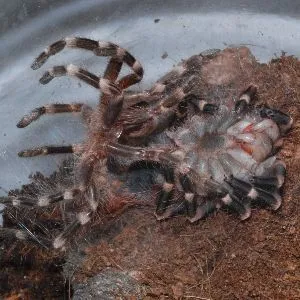What Is Tarantula Molting
Tarantula molting is a fascinating and essential biological process for these amazing arachnids. It’s how tarantulas grow and replace their old exoskeletons with new ones. Unlike humans and other mammals whose skeletons are internal and grow with them, tarantulas have an external skeleton, or exoskeleton, made of chitin. This hard shell protects them but doesn’t grow. As the tarantula grows, it outgrows its exoskeleton and must shed it to reveal a larger, new one underneath. This process is critical for their survival and overall health, allowing them to increase in size, regenerate lost limbs, and get rid of parasites.
The Molting Process Explained
The molting process, known as ecdysis, is quite complex and involves several stages. It begins with the formation of a new exoskeleton beneath the old one. The tarantula will stop eating and become less active as it prepares for this significant event. The old exoskeleton separates from the new one, and the tarantula absorbs fluids to swell and split the old shell. The tarantula then emerges from the old exoskeleton, leaving behind a perfect replica of itself. This new exoskeleton is initially soft and vulnerable, gradually hardening over several days. During this time, the tarantula is at its most delicate and requires careful handling and a safe environment.
Pre-Molting Signs in Tarantulas
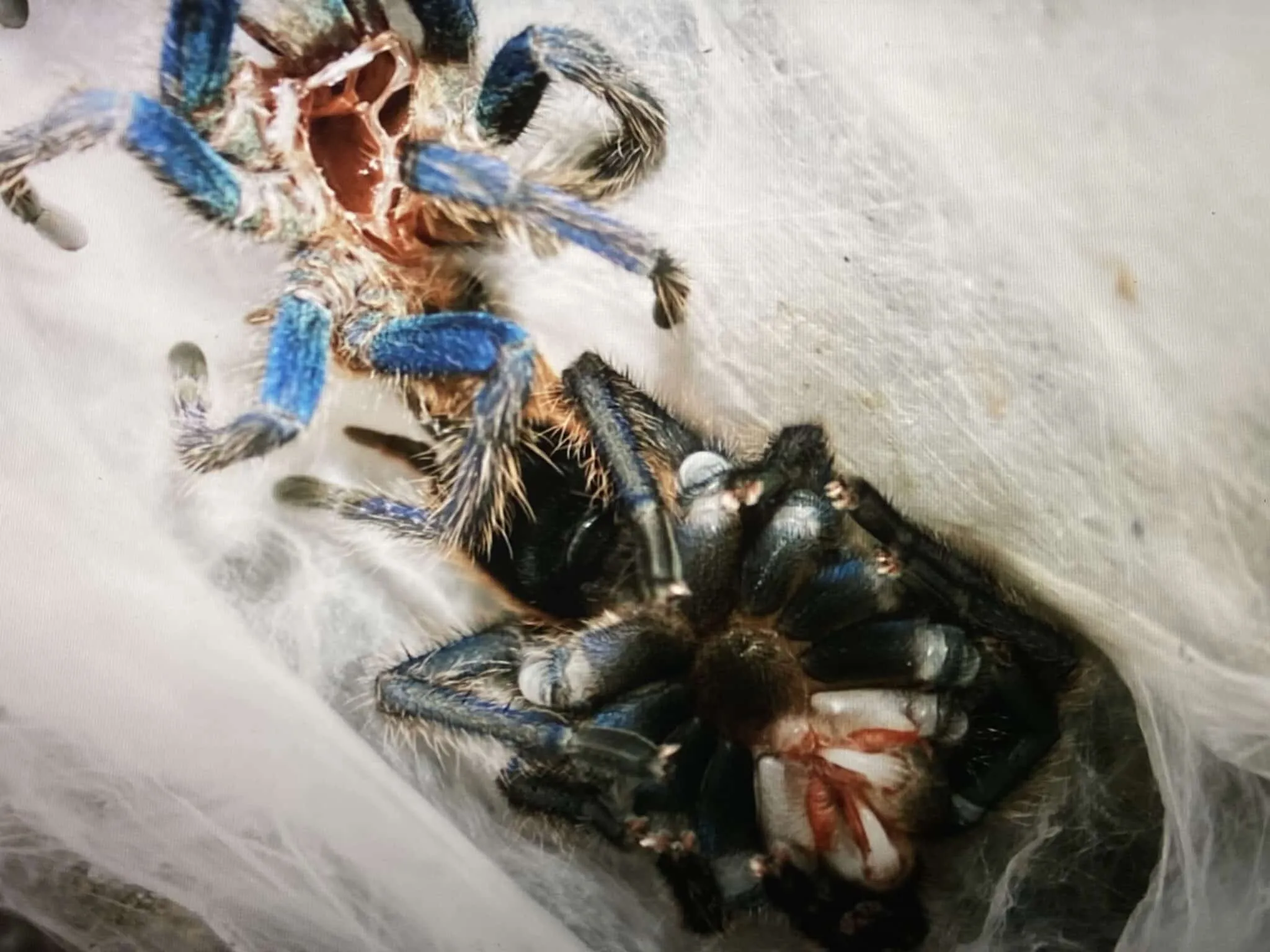
Recognizing the signs of an impending molt is essential for responsible tarantula care. Several indicators will let you know when your tarantula is preparing to molt. Observing these signs allows you to create the best possible conditions for a successful and safe molt. It’s a critical time in their life cycle, and your attentiveness to their needs is important. Being aware of these signs also helps you avoid unnecessary stress on the tarantula, which can lead to complications.
Loss of Appetite
One of the most common signs that a tarantula is about to molt is a loss of appetite. Your tarantula may refuse food for several weeks or even months before the molt. This is because they need to conserve energy and focus on the molting process. Don’t be alarmed if your tarantula stops eating; it’s a natural part of their cycle. Avoid offering food during this period, as the tarantula won’t be interested, and the presence of live prey could stress them.
Lethargy and Hiding
As the molting process nears, you may notice your tarantula becoming less active and spending more time hiding. They may retreat to a burrow or a secluded spot within their enclosure to feel safe and undisturbed. This behavior is perfectly normal, as the tarantula is preparing for the vulnerable phase of molting. Minimize disturbances during this time. Avoid handling your tarantula or rearranging its enclosure unless absolutely necessary. This creates the best conditions for a stress-free molt.
Darkening of the Abdomen
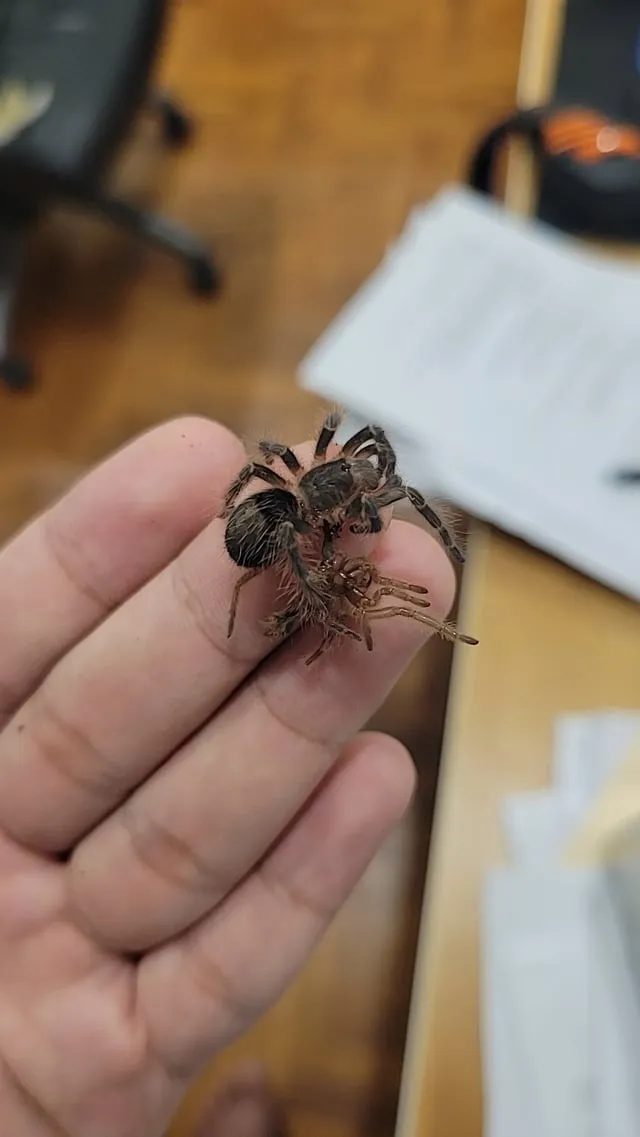
Another visual clue that your tarantula is about to molt is a darkening of the abdomen. You may notice a change in the color of the abdomen, which will appear darker or duller than usual. This darkening is due to the formation of the new exoskeleton beneath the old one. This is a clear indicator that the molting process is underway and that it is time to prepare for the molt. This is a good time to make sure that the environment is appropriate and avoid all disturbances.
How Long Does a Tarantula Molt Take
The duration of a tarantula molt varies significantly. It can range from a few minutes to several hours. The entire process, including pre-molting and post-molting stages, can take several weeks or even months. The actual shedding of the exoskeleton is usually the quickest part, but the preparation and recovery periods can be much longer. Many factors influence how long a tarantula molt takes, so it’s essential to be patient and observe your pet closely. Be prepared for a process that may not follow a predictable schedule.
Factors Influencing Molting Duration
Several factors can affect how long a tarantula molt lasts. Understanding these factors can help you manage your tarantula’s care. Being prepared and informed can help provide your pet with the best conditions to molt safely and quickly. Keeping these variables in mind helps you understand the process. Remember, each tarantula is unique, and their molting experience may vary.
Age of the Tarantula
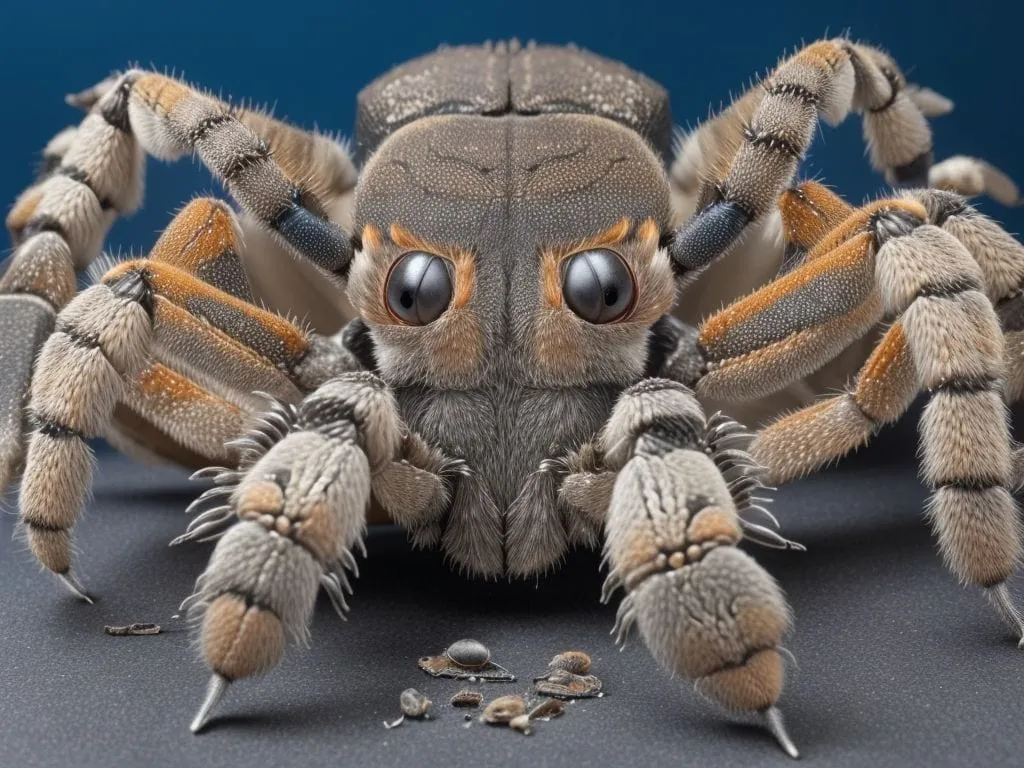
Younger tarantulas molt more frequently because they are growing rapidly. Their molting cycles are shorter, and they shed their exoskeletons more often. As tarantulas mature, the molting frequency decreases significantly. Older tarantulas may only molt once a year, or even less frequently. The frequency decreases as they reach adulthood. This difference in molting frequency is a natural part of their life cycle and is directly related to their growth rate.
Size of the Tarantula
Larger tarantulas often take longer to molt than smaller ones. The molting process becomes more complex as the tarantula grows in size, requiring more energy and time. A larger tarantula has a greater surface area to shed, which makes the process more involved. Larger tarantulas will be able to molt more quickly if the environment is ideal. The bigger the tarantula, the longer it will take to complete the molting process.
Environmental Conditions
Environmental conditions also play a role in the molting process. Proper humidity, temperature, and the overall environment of the enclosure are important. Maintaining the correct humidity level is particularly crucial because it helps the old exoskeleton separate from the new one. A dry environment can make molting difficult and potentially dangerous. Temperature also affects the metabolism of the tarantula, influencing the molting duration. Consistent, favorable environmental conditions will help the tarantula molt safely. Ensuring your tarantula has a suitable environment will encourage a healthier, faster molt.
What to Do During a Tarantula Molt
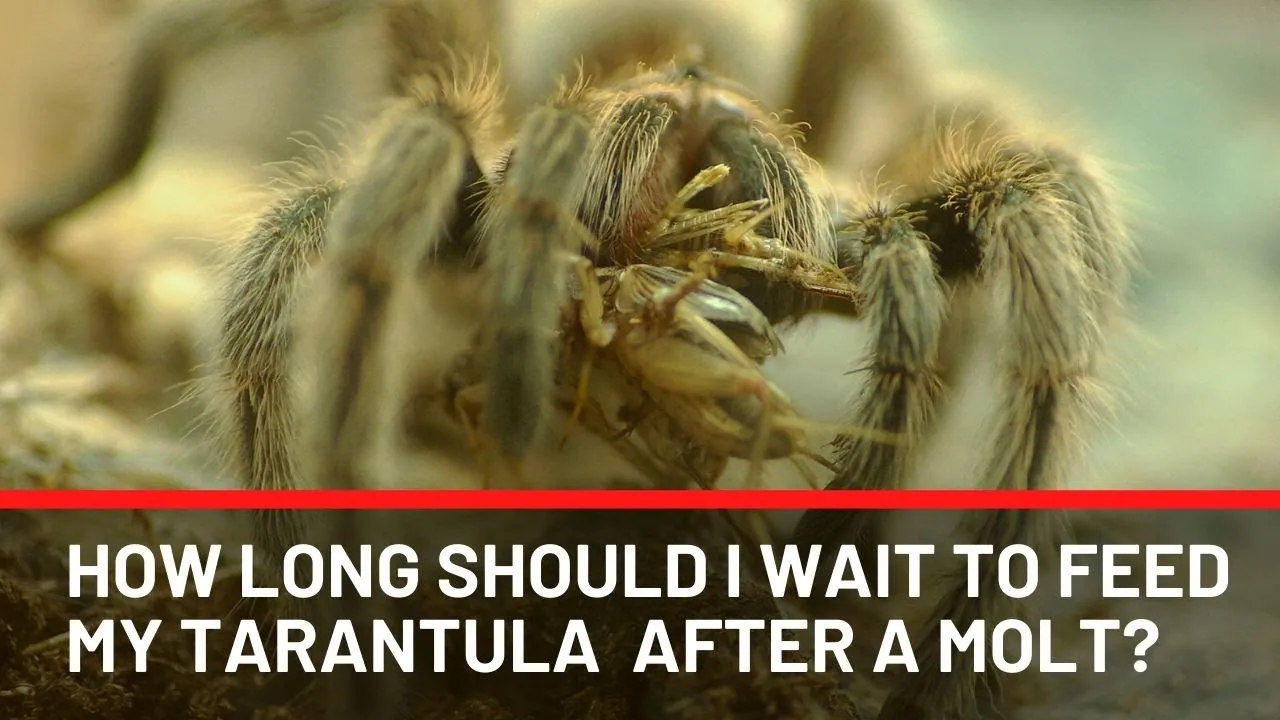
During a tarantula molt, the most important thing to remember is to minimize stress and provide a safe environment. The tarantula is extremely vulnerable during this process, so it’s important to avoid disturbances and ensure the enclosure is set up correctly. Your role during the molting process is mainly to observe and provide the right conditions. Remember, a calm and stable environment is crucial to avoid any issues. This requires a hands-off approach to ensure a successful molt.
Provide a Safe Environment
Ensure the tarantula’s enclosure is clean and free of hazards. Remove any uneaten food or debris. The tarantula needs a safe place to molt, so make sure the enclosure is secure and cannot be accidentally accessed by pets or children. A secure environment will protect them while they shed their exoskeleton. The enclosure should also have adequate ventilation to maintain proper humidity levels. Make sure that there are no sharp objects or obstacles in the enclosure that could harm the tarantula during molting.
Avoid Disturbing the Tarantula
Avoid handling or disturbing your tarantula while it’s molting. Do not attempt to move the tarantula or its enclosure, as this can cause stress and potentially disrupt the molting process. Reduce noise and vibrations near the enclosure. The tarantula is very sensitive during this time and needs peace and quiet. Simply observe from a distance and let nature take its course. Interrupting the molt can be detrimental.
Do Not Feed the Tarantula
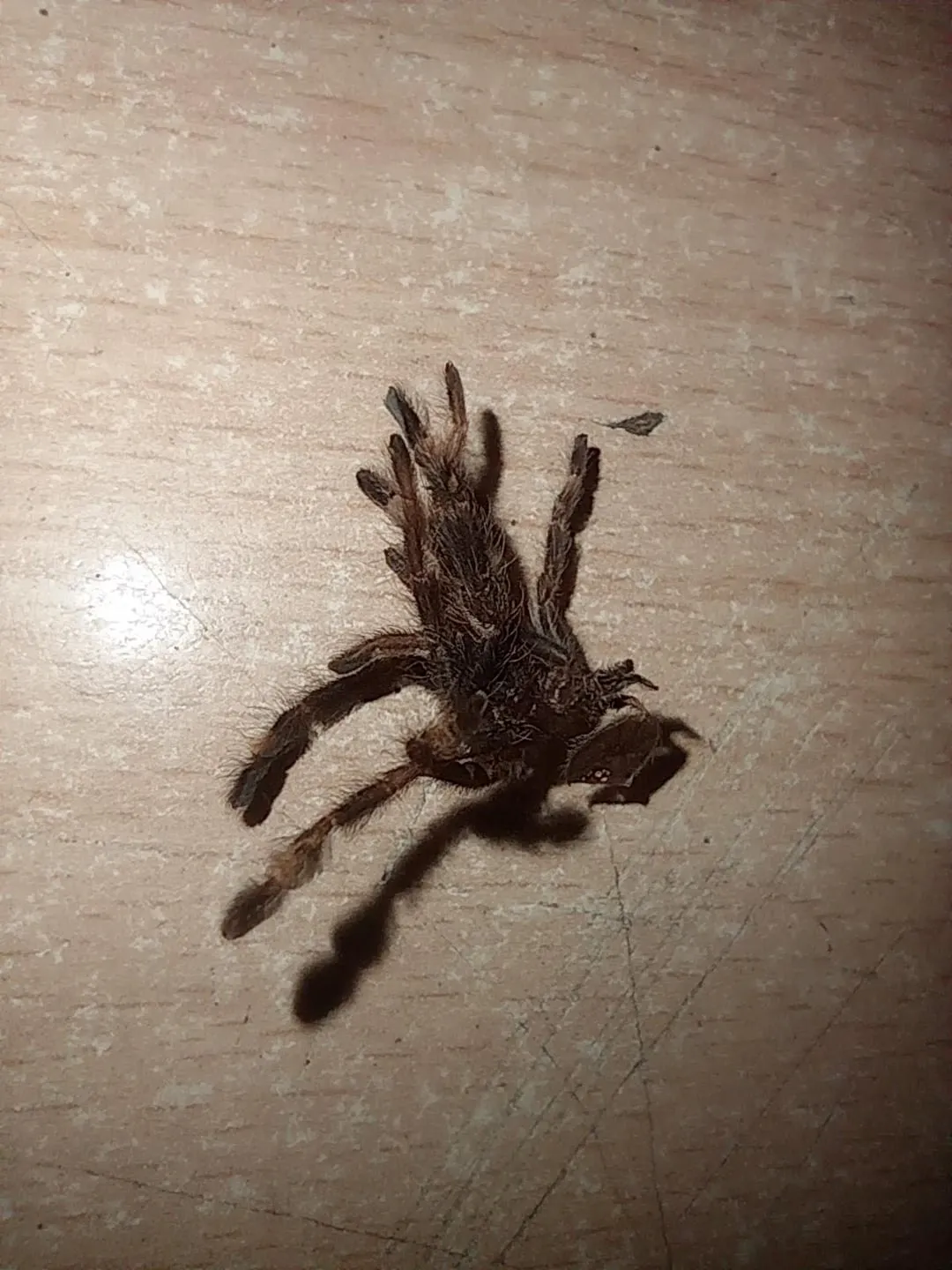
Do not offer food to your tarantula during the molting process. They will not be interested in eating and may be stressed if food is present. The presence of live prey can also pose a threat to a tarantula that is in the process of molting. Remove any live prey from the enclosure if you haven’t already. Feeding a tarantula during molting will not speed up the process and can cause more harm. Wait until the tarantula has completed the molt and its new exoskeleton has hardened before reintroducing food.
Post-Molting Care for Tarantulas
After molting, your tarantula will be more vulnerable and require special care. The new exoskeleton will initially be soft, and the tarantula needs time to regain its strength and fully harden. Proper care during this phase ensures the tarantula’s health and well-being. Understanding what to do after a molt is important for any tarantula owner. Be patient and give your tarantula the time it needs to recover and return to its normal activity. Monitor them for any unusual behavior, but for the most part, it is a waiting game.
Offering Food and Water
Once the tarantula’s exoskeleton has fully hardened, you can offer food and water. Ensure the water dish is filled with fresh water. The tarantula will likely have a strong appetite after molting. Offer appropriately sized prey items, such as crickets or roaches. Start with a small amount of food to ensure the tarantula can eat without difficulty. The tarantula’s fangs will be fully functional, and they can hunt as usual. The tarantula needs to replenish its energy and nutrients after the molting process.
Leaving the Exoskeleton
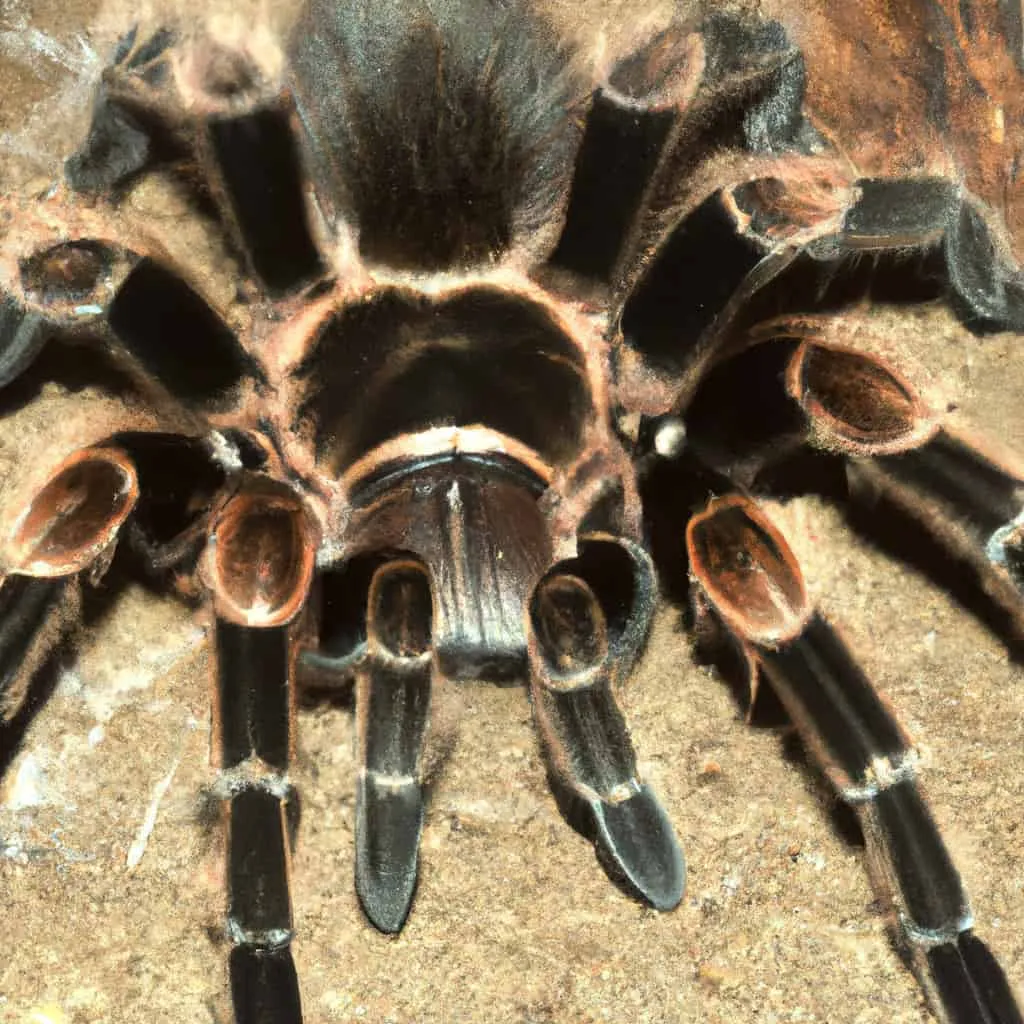
Leave the old exoskeleton in the enclosure. The tarantula may consume parts of it for nutrients, especially calcium. The exoskeleton is a natural part of the tarantula’s cycle and does not need to be removed immediately. Once the tarantula has eaten what it needs, you can remove the remaining exoskeleton if you wish. Removing the exoskeleton will help keep the enclosure clean, but it is not essential. Be gentle when removing the exoskeleton, ensuring you do not disturb the tarantula. The exoskeleton is a testament to the tarantula’s growth and development.
